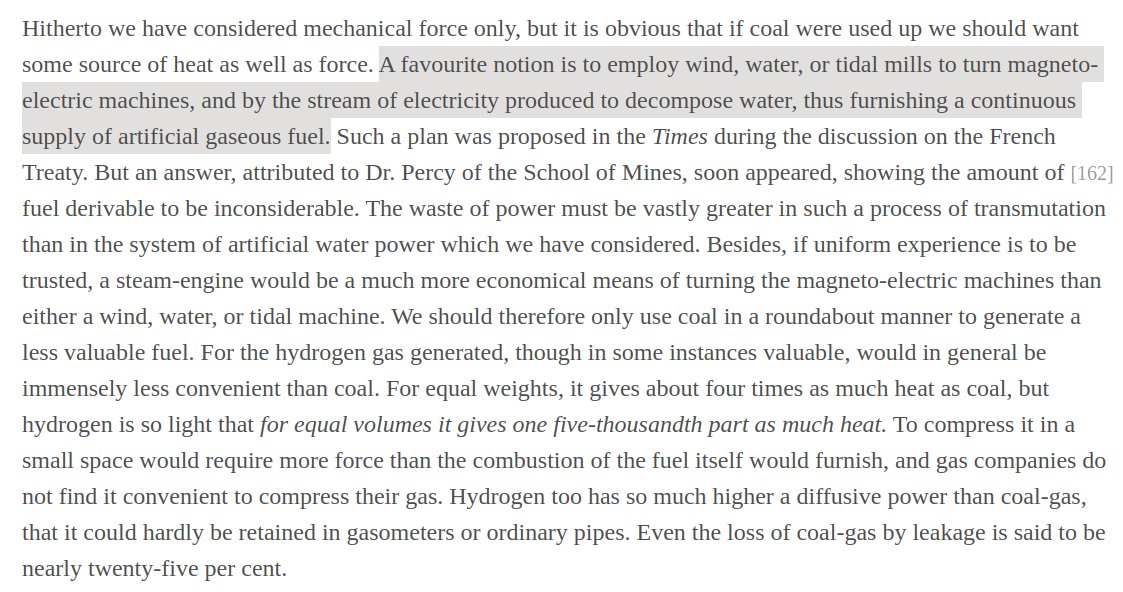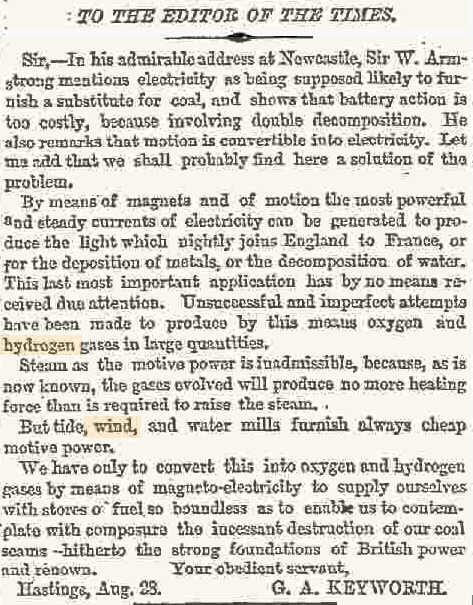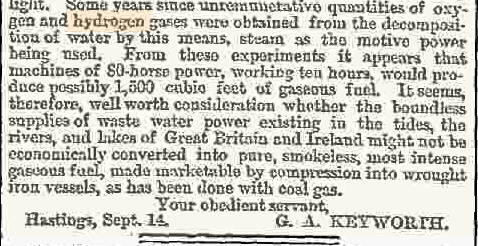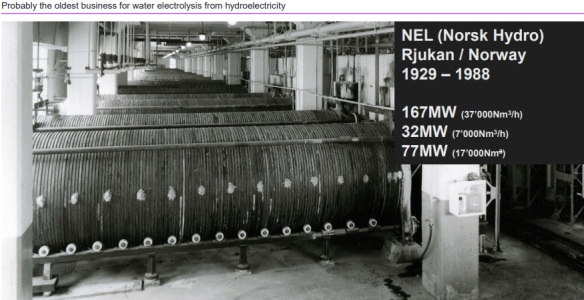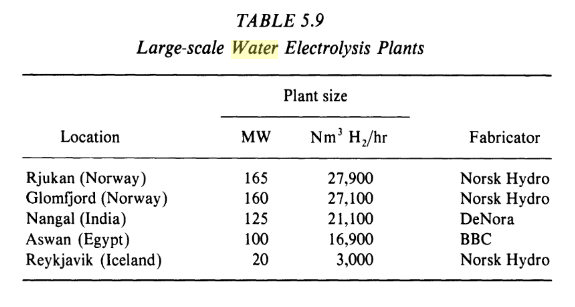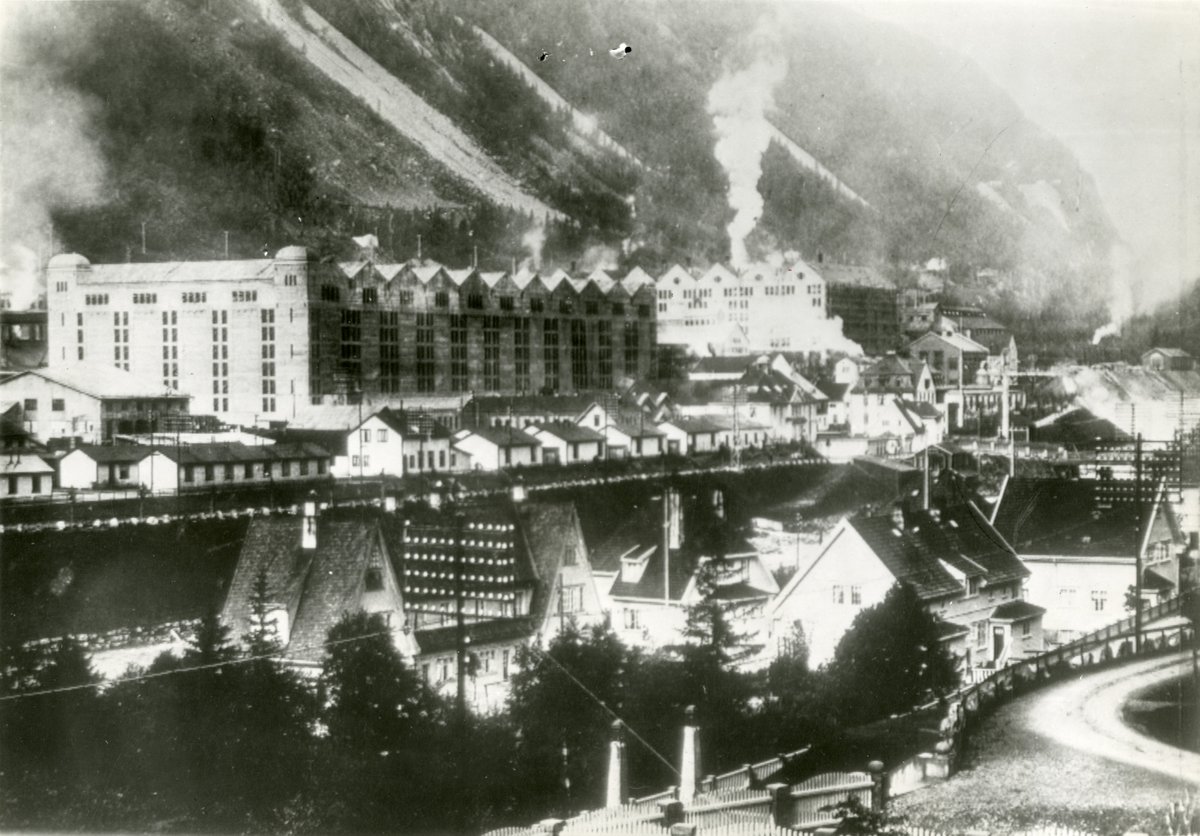
a learning curve for silicon solar cells...from 1972
when cumulative capacity was just 600 kW (today it is more than a million times higher)
most capacity back then was in space industry
if I read this right, they fit a learning rate of 31% or 21% depending on point selection
when cumulative capacity was just 600 kW (today it is more than a million times higher)
most capacity back then was in space industry
if I read this right, they fit a learning rate of 31% or 21% depending on point selection

Most solar learning curves start much later, so it's nice to back-fill to the beginning, see e.g. this example
https://twitter.com/MaxCRoser/status/1333793954836299777
The 1972 learning curve is from the paper "Historical development of solar cells" by M. Wolf.
It's a fun, brief read.
Here's a scan:
nworbmot.org/historical_dev…
It's a fun, brief read.
Here's a scan:
nworbmot.org/historical_dev…

He ends with:
"As the history of the solar cell has shown so clearly, the development of events can easily differ from forecasts made on the basis of insufficient information."
"As the history of the solar cell has shown so clearly, the development of events can easily differ from forecasts made on the basis of insufficient information."
h/t Prof. Martin Green
en.wikipedia.org/wiki/Martin_Gr…
who told @ChristianOnRE about it, I just dug it out of the @TUBerlin library 😉
en.wikipedia.org/wiki/Martin_Gr…
who told @ChristianOnRE about it, I just dug it out of the @TUBerlin library 😉
• • •
Missing some Tweet in this thread? You can try to
force a refresh








